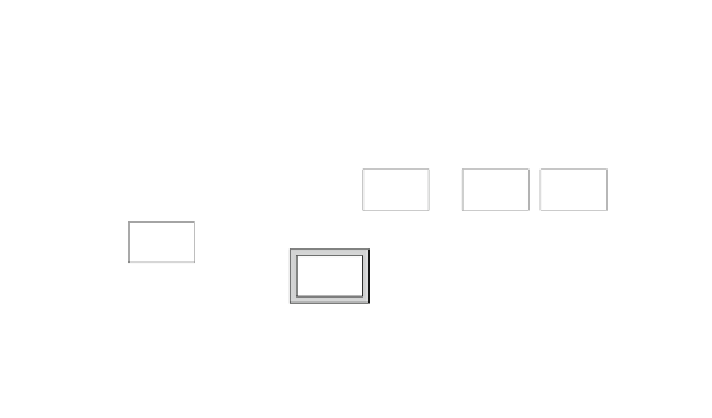Environmental Engineering Reference
In-Depth Information
group of valves implemented in
required route selections
tube temperature controlled at 160 °C
tube temperature controlled at 60 °C
vent
vent
vent
sample
transfer
line
HC
analysis
CO
analysis
CO
2
analysis
span
zero
pump
exhaust
zero
span
pump
zero
span
NO
X
analysis
Fig. 12.7
Exhaust gas analysis system for Type certification of aircraft engines
Table 12.2
Requirements of the sub-section A of the EASA
Requirement
Contents
CS-E 10
Applicability
CS-E 15
Terminology
CS-E 20
Engine configuration and interfaces
CS-E 25
Instructions for continued airworthiness
CS-E 30
Assumptions
CE-E 40
Ratings
CS-E 50
Engine control system
CS-E 60
Provision for instruments
CS-E 70
Materials and manufacturing methods
CS-E 80
Equipment
CS-E 90
Prevention of corrosion and deterioration
CS-E 100
Strength
CS-E 110
Drawings and marking of parts—assembly of parts
CS-E 120
Identification
CS-E 130
Fire protection
CS-E 140
Test—engine configuration
CS-E 150
Tests—general conduct of tests
CS-E 160
Tests—history
CS-E 170
Engine systems and component verification
CS-E 180
Propeller functioning tests
CS-E 190
Engines for aerobatic use
The relevant EASA regulations are:
• Subpart B: Piston engines, design, and construction;
• Subpart C: Piston engines, type substantiation;









































Search WWH ::

Custom Search